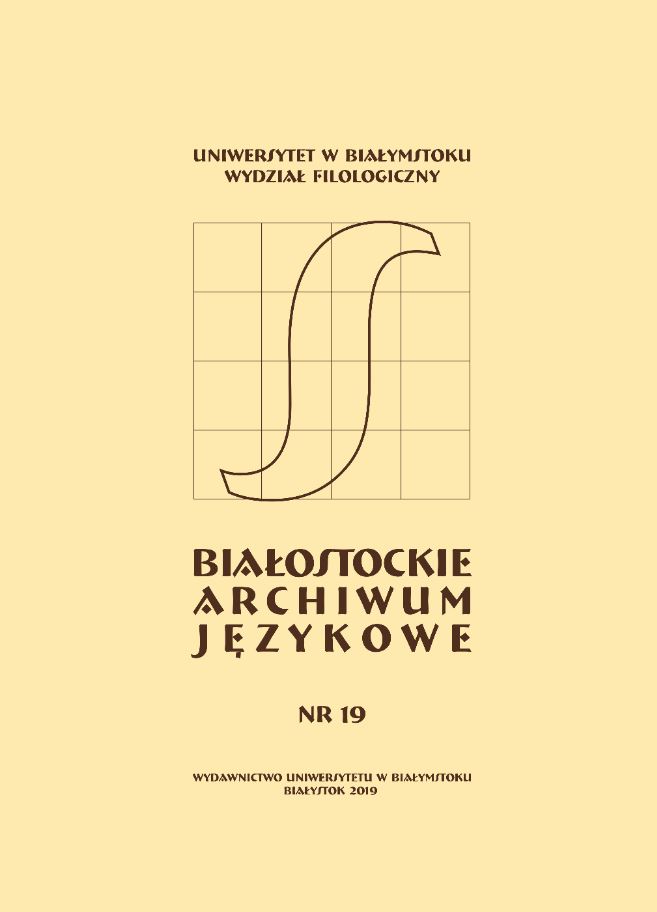Relations L1/L2 dans l’emploi de la morphologie modificative de l’italien à l'écrit
Use of modifying morphology in Italian written texts: relations between Italian as a mother tongue and as a foreign language
Author(s): Omar ColomboSubject(s): Language and Literature Studies, Theoretical Linguistics, Morphology
Published by: Wydawnictwo Uniwersytetu w Białymstoku
Keywords: Italian as a Mother and Foreign Language; Written; Needs in a Foreign Language Learning; Morphosemantic and Lexical learning
Summary/Abstract: Subject. The student’s needs in Italian as a Foreign Language on the basis of how the native Italian speakers use the modifying morphology. Protocol. An image displays some dimensional oppositions (small man / big man) and qualitative oppositions (friendly dog / naughty dog) among the referents, which could be translated using the modifying suffixes. Some results. – The most common modifying morphemes used are the diminutive suffixes -ino/-etto/-ello, the augmentative -one. – The nouns are the most frequently modifying words. The dimensional sense and the lexicalized modifying forms are privileged. Conclusion. The most simple, productives and frequent modifying constructions should be favored in Foreign Language learning.
Journal: Białostockie Archiwum Językowe
- Issue Year: 2019
- Issue No: 19
- Page Range: 67-77
- Page Count: 11
- Language: French

